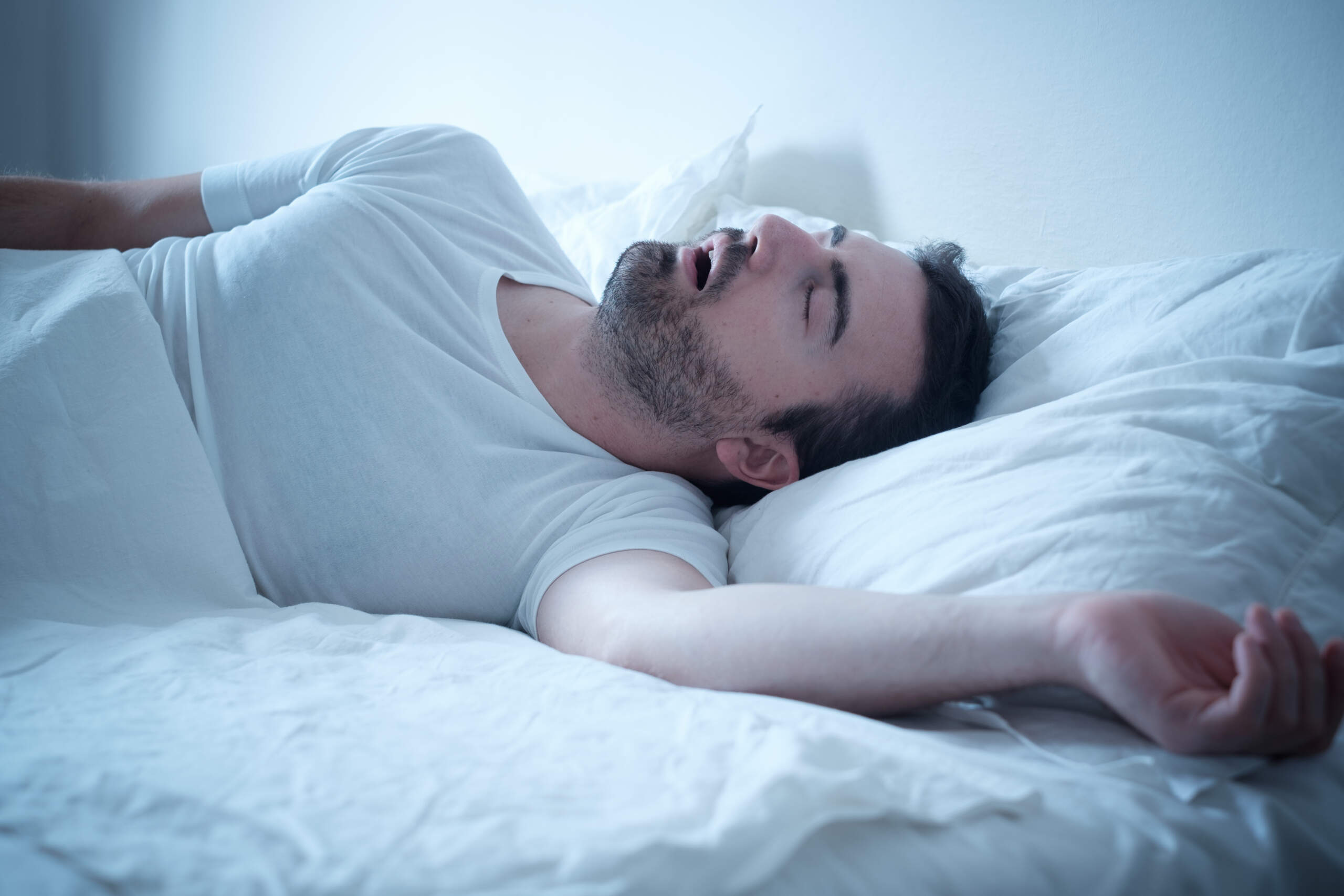Are you feeling excessively sleepy during the day or wake up with a dry mouth, sore throat, or even a headache? You might be suffering from sleep apnea. Fortunately, you can learn everything you need to know about sleep apnea with a search online.
Unfortunately, many people go without a diagnosis because they don’t recognize the symptoms or they’re mistaken for other health conditions. This is why it’s important to get informed. In this article, we’ll explore the possible signs and treatments.
What Is Sleep Apnea?
Sleep apnea is a health condition that directly affects your sleep – but it can have effects on other aspects of your health and well-being too.
Sleep apnea is technically a sleep disorder. It occurs while you’re asleep; your breathing is interrupted, and you may not get the oxygen you need. Sleep apnea can cause you to stop breathing multiple times throughout the night, sometimes as many as hundreds of times. As a result, your brain and your body cannot get the right amount of oxygen. This is why it’s important to do your research and get informed about the disorder.
Types of Sleep Apnea
There are two types of sleep apnea: obstructive sleep apnea and central sleep apnea. Obstructive sleep apnea is the most common of the two, and it’s caused by a blockage in the airway. Most often, that blockage occurs when soft tissue in the back of the throat collapses while you’re sleeping.
Causes of Sleep Apnea
Obstructive sleep apnea is caused by your throat muscles relaxing while you’re asleep. When they relax too much, you can’t breathe normally. As a result, your brain will wake you from your sleep so you can reopen your airway and get oxygen once again. However, these brief wake-ups are usually so quick that you might not even realize you’re waking up repeatedly.
Risk Factors
Sleep apnea can be caused by several different factors. Certain physical, lifestyle and even genetic aspects can affect your chances of developing this sleep disorder. You may be at risk if you have any of the following factors:
- Are male.
- Have a large neck (17 inches or more for men, 16 inches or more for women).
- Are overweight.
- Have certain physical features, such as large tonsils, a large tongue, or a small jawbone.
- Are age 40 or older.
- Have a family history of sleep apnea.
- Experience nasal obstruction, like a deviated septum, allergies, or other sinus problems.
Talk to your doctor if you think you’re at risk for sleep apnea.
Sleep Apnea Symptoms
How do so many people go without a sleep apnea diagnosis? Often, it’s because they don’t recognize the disorder’s symptoms. Many of the symptoms of sleep apnea can seem like simple frustrations. They can also be symptoms of other health conditions. This is why it can be helpful to research this information online before consulting a doctor.
If you’re experiencing any of the following symptoms, contact your doctor:
- Feeling excessively sleepy during the day.
- Snoring loudly when you’re asleep.
- Having episodes of stopped breathing while you sleep.
- Waking up abruptly, gasping and choking.
- Experiencing headaches in the morning.
- Waking up with a dry mouth or sore throat.
- Difficulty concentrating throughout the day.
- Mood changes, including depression or irritability.
- High blood pressure.
- Sweating at night, particularly when you’re sleeping.
- A decrease in libido.
Diagnosing Sleep Apnea
When you see your doctor about any potential sleep apnea symptoms, there are several different ways your doctor can determine what’s causing them. Your doctor will first perform a physical exam. This is your opportunity to share any symptoms you’re experiencing. From there, your doctor can order any of the following tests:
- A polysomnogram is a sleep study performed overnight in a hospital or medical center. Your vital signs and functions will be monitored while you sleep.
- EEG monitors brain waves before, during, and after sleep.
- EOM records your eye movements.
- EMG tracks muscles as they relax and move.
- EKG looks at the electrical current in your heart.
- Pulse oximetry uses a device to test oxygen levels in your blood.
- Blood tests to check the oxygen and carbon dioxide content of your blood.
Treating Sleep Apnea
Sleep apnea is a disorder that needs to be managed. If left untreated, it can cause serious health problems like high blood pressure, heart failure, stroke, or even diabetes. It can even cause dangerous, deadly accidents if you’re falling asleep throughout your daily activities.
Fortunately, there are a variety of treatment options for sleep apnea. One option is lifestyle changes, such as cutting out alcohol, stopping smoking, losing weight, and changing the position you sleep in. Other treatment options include:
- Continuous positive airway pressure (CPAP) therapy involves wearing a mask that keeps your airway open while you sleep.
- Surgery to stiffen, shrink, or remove tissue and tonsils.
- A mandibular repositioning device (MRD) is a custom oral device that keeps your jaw in a forward position while you sleep to offer more airway space.
Learn More About Sleep Apnea Today
Sleep apnea is a common yet often undiagnosed condition that can have serious health consequences. If any of the symptoms mentioned in this article resonate with you, don’t hesitate to seek more information online or consult a healthcare professional. Taking proactive steps to understand and address sleep apnea can significantly improve your well-being and quality of life.
